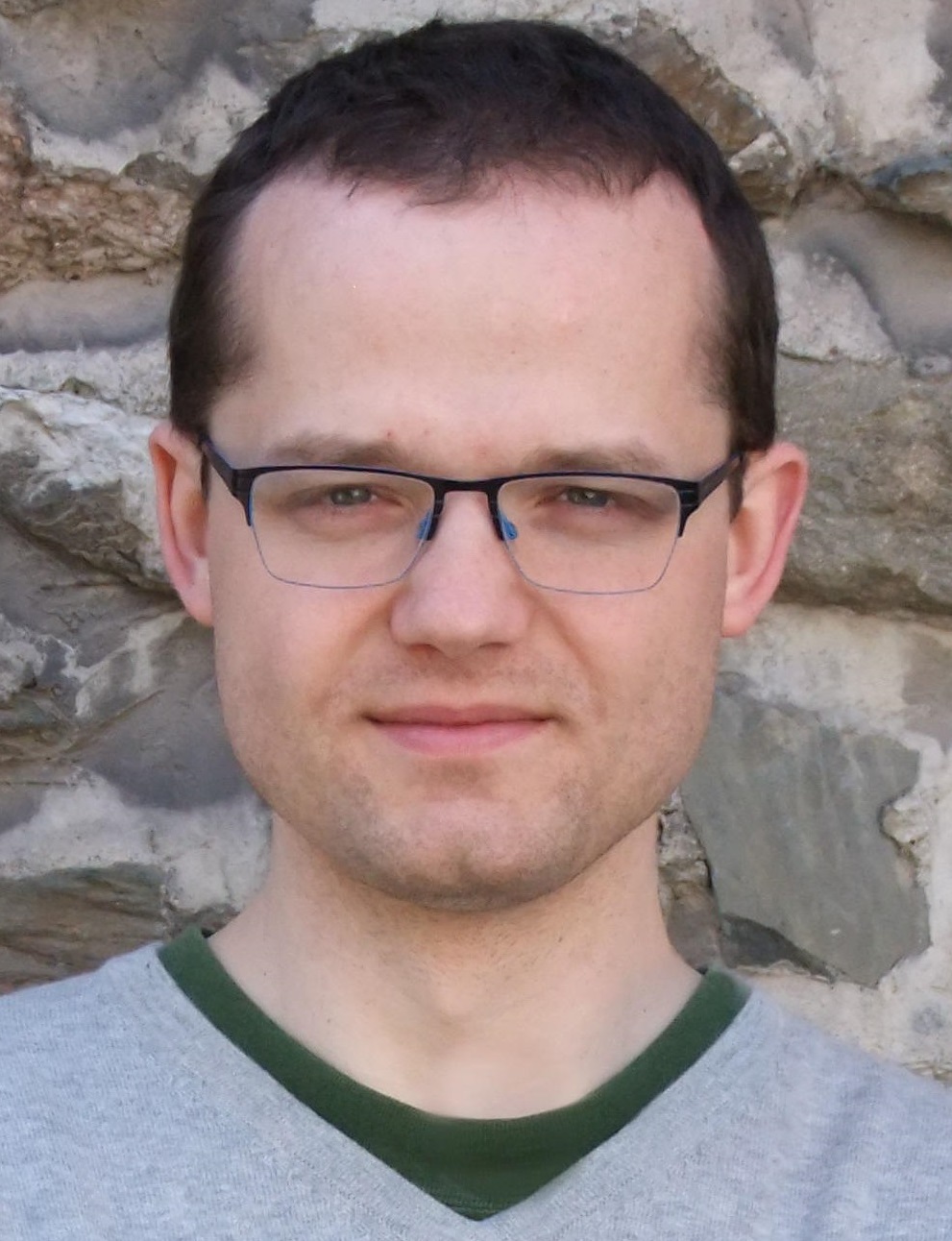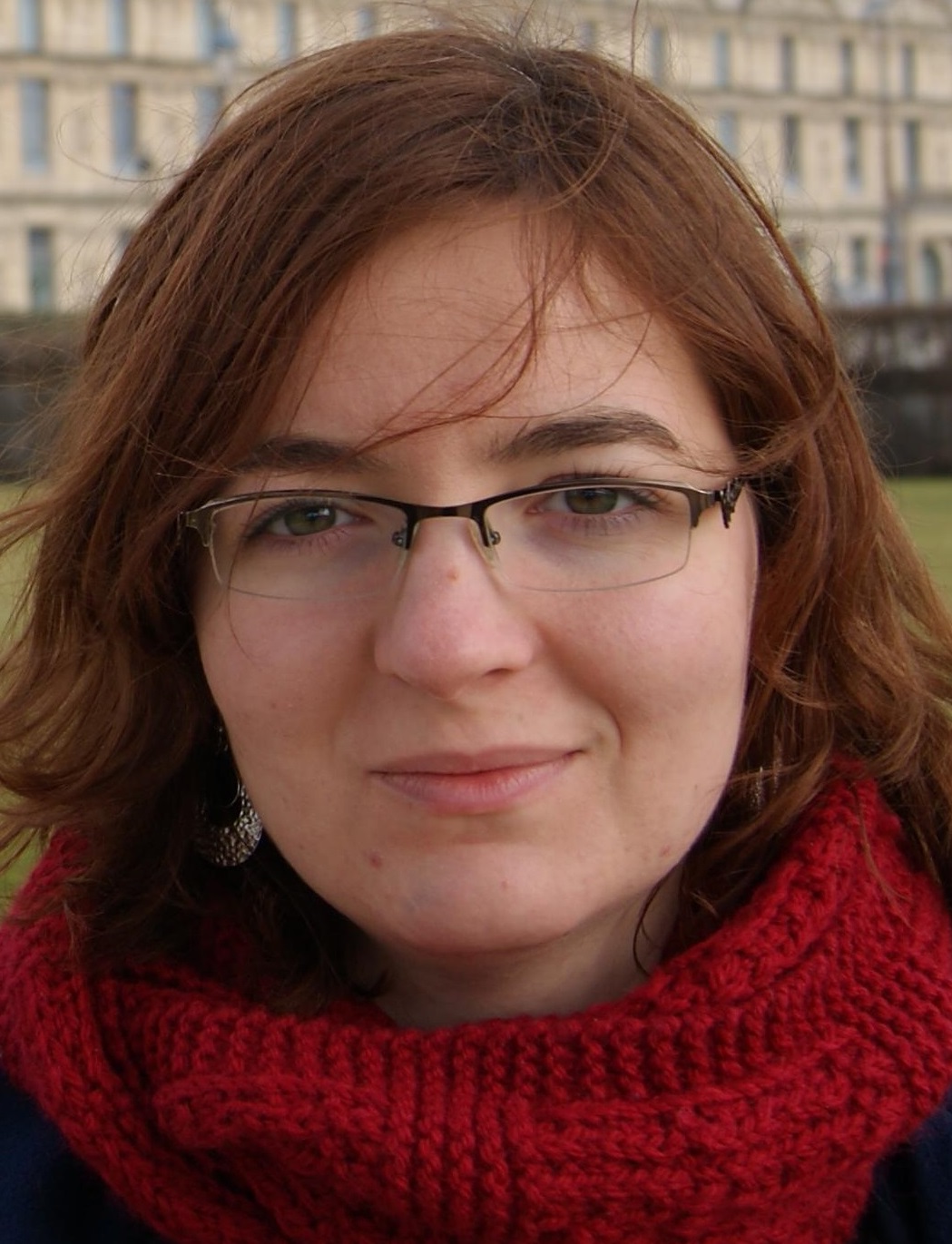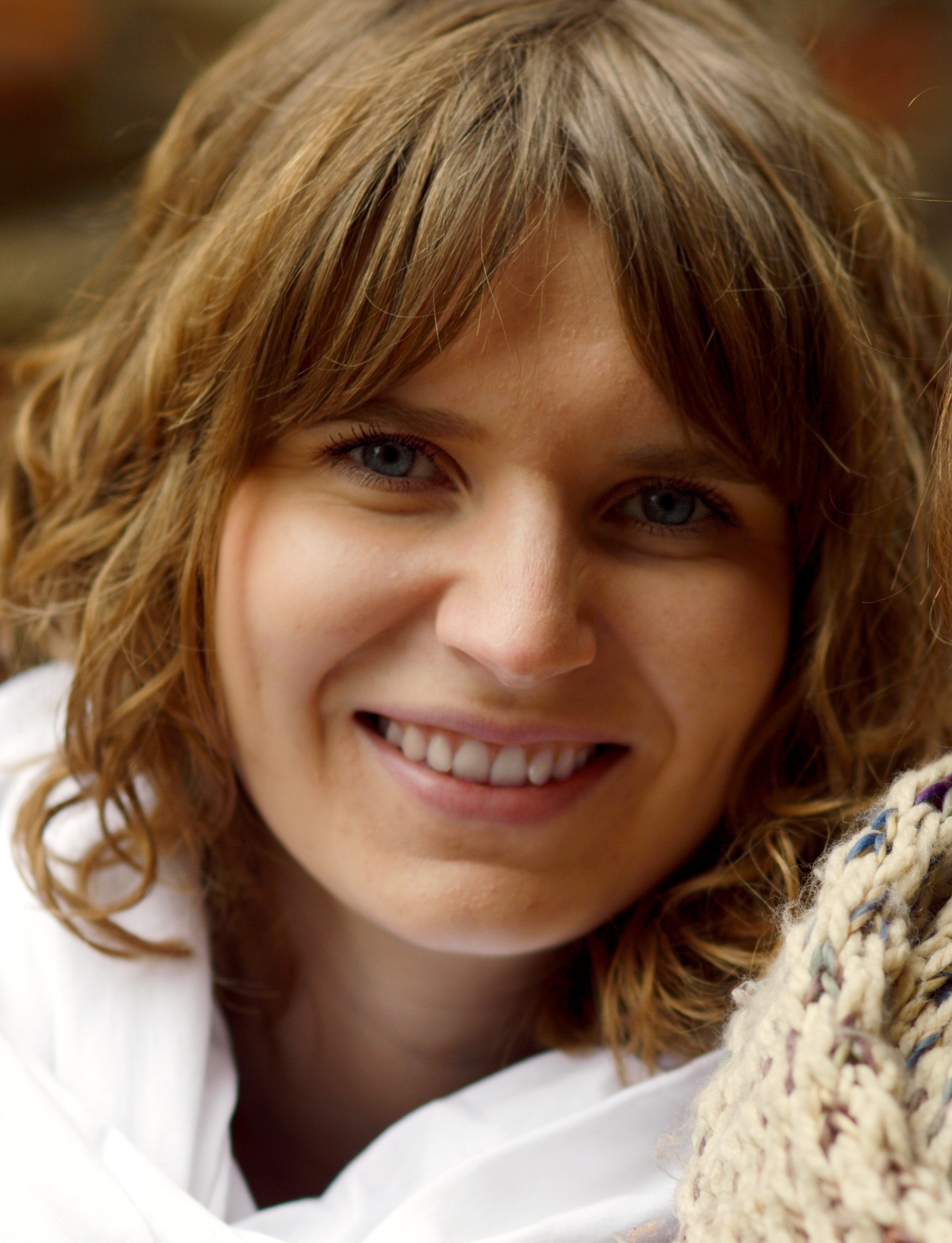About the project
PolFon is an interactive educational portal dedicated to Polish phonetics. It is meant mainly for foreigners interested in learning Polish pronunciation, but we hope it will also catch the attention of students of Polish studies, teachers of Polish, and professional linguists. Apart from educational materials, including audio recordings and articulation diagrams, it also contains exercises designed to develop phonemic awareness and phonetic transcription skills with respect to particular Polish sounds.
The portal is based upon the work supported by the Ministry of Education, Youth and Sports of the Czech Republic under Grant No. IGA_FF_2014_081 “Polish Phonematics from the Perspective of Axiomatic Functionalism: A Phonetic and Phonological Analysis of the Modern Polish Language”.
authors

Marcin Wągiel
He is a linguist, the author of publications in the field of formal semantics and generative syntax. He teaches Polish, mainly to West Slavic people. He is an enthusiast of late Baroque culture, beer, and zombies.

Jakub Bortlík
He is a graduate of English linguistics with interest in the pronunciation of languages, mainly European. He is a supporter of free software, the command line, volleyball and St. Francis of Assisi.

Anna Radwan
Her area of interest is mostly translation of children's literature into Polish and Czech. She likes old towns, dachshunds and patterned clothes. She's constantly singing.

Aleksandra Starzyńska
She is a Slavicist specializing in comparative Slavic linguistics. She has co-authored a textbook on the translation of Polish business correspondence for Czech students of Polish studies. She is an examiner in the internationally certified language exam ECL in Polish and Russian. In private she loves to travel and ski.
The choice of some symbols in the transcription:
On the pages of the portal, two systems of phonetic notation are used: the International Phonetic Alphabet (IPA), and the so called Slavistic Alphabet (AS). At any time, the user can switch between IPA and AS by clicking the appropriate icon. IPA is used here according to the revised principles of transcription (see Wągiel 2014).
The IPA transcription used on our web page differs in some respects from the transcription of e.g. Jassem (2003). The main difference is the use of <ʂ ʐ t͡ʂ d͡ʐ> instead of <ʃ ʒ t͡ʃ d͡ʒ>, in accord with the work by Hamman (2004) on the retroflex nature of these sounds. This solution seems appropriate also for reasons of TFL methodology, since it stresses the difference between these sounds and similar sounds in other languages (cf. for instance the last sound in Polish kosz “basket” [kɔʂ] and Czech koš “basket” [kɔʃ] or English cosh [kʰɒʃ].
Another difference is the use of <kʲ ɡʲ xʲ> instead of <c ɟ ç> for the palatalized velars. The main reason is the difference of these sounds from true palatals, for which the symbols <c ɟ ç> are reserved in the IPA, and which, in the case of [c] a [ɟ], can be found in Czech, e.g. in the word děti “children” [ˈɟɛcɪ].
We use the symbol <a> in a slightly different way than the official IPA, where it stands for an open front unrounded vowel. An open central vowel, which we find in Polish as a primary variant for instance in the word spać “to sleep”, is symbolized in the IPA by adding the diacritics for centralization: <ä>. However, since we denote primary variants of other Polish vowels with simple symbols and we distinguish positional variants (see below) by diacritics, we also use the symbol <a> for the central vowel, e.g., spać [spat͡ɕ], and we denote its fronted variant with <a̟>, e.g., siać “to sow” [ɕa̟t͡ɕ].
Polish vowels, with the exception of [i] and [ɨ], have positional variants with changed articulation (see below). The question whether they differ from the primary variants so much, that they could be denoted by special symbols (e.g., <ʉ> for a fronted variant of the close back [u]), has to be answered by a thorough phonetic analysis. Using the symbols of the primary variants in combination with appropriate diacritics enables us to suggest in what respect the positional variants differ, without showing the exact degree of the difference. The sounds [ɛ̝ ɔ̝] are higher than their primary variants [[ɛ̝ ɔ̝], whereas [a̟ u̟] are more front than [a u].
For educational reasons, we count the nasal diphthongs [ɔw̃] and [ɛw̃] among vowels, even though in contemporary Polish they are pronounced as the combination of the vowel [ɔ] or [ɛ] and the nasal approximant [w̃] or [j̃]. Orthographic <ą> and <ę> in front of plosives and affricates are realized as a combination of a vowel [ɔ] or [ɛ], respectively, and a nasal stop whose place of articulation corresponds to that of the following consonant, e.g. ząb „tooth“ [zɔmp], lęk „fear“ [lɛŋk].
The sounds [ɕ ʑ t͡ɕ d͡ʑ] and [w ʍ wʲ ʍʲ w̃], categorized as palatals and velars in the overview table, are in fact co-articulated: they are alveolo-palatal and labio-velar, respectively.
The sounds labelled as positional variants only occur in certain contexts:
- palatalized consonants occur in front of the vowel /i/ and in front of palatal and palatalized consonants,
- devoiced sonorants occur between voiceless obstruents and before a pause at the end of a word after an obstruent,
- retroflex and velar variants of certain sounds occur in front of other retroflexes and velars, respectively,
- the vowels [a ɛ̝ ɔ̝ u] have raised or fronted articulation when they occur between palatal or palatalized consonants.
The transcriptions were done automatically with a script in Praat (http://www.fon.hum.uva.nl/praat/).


